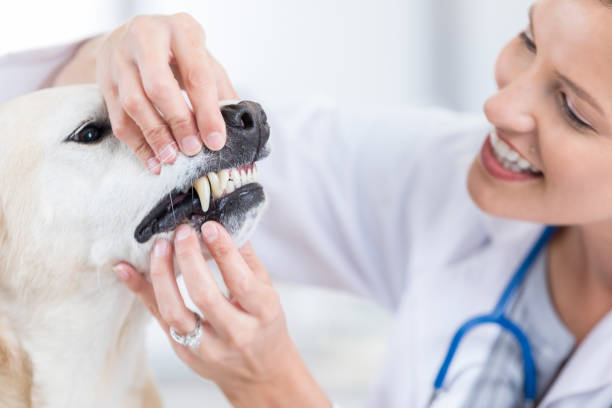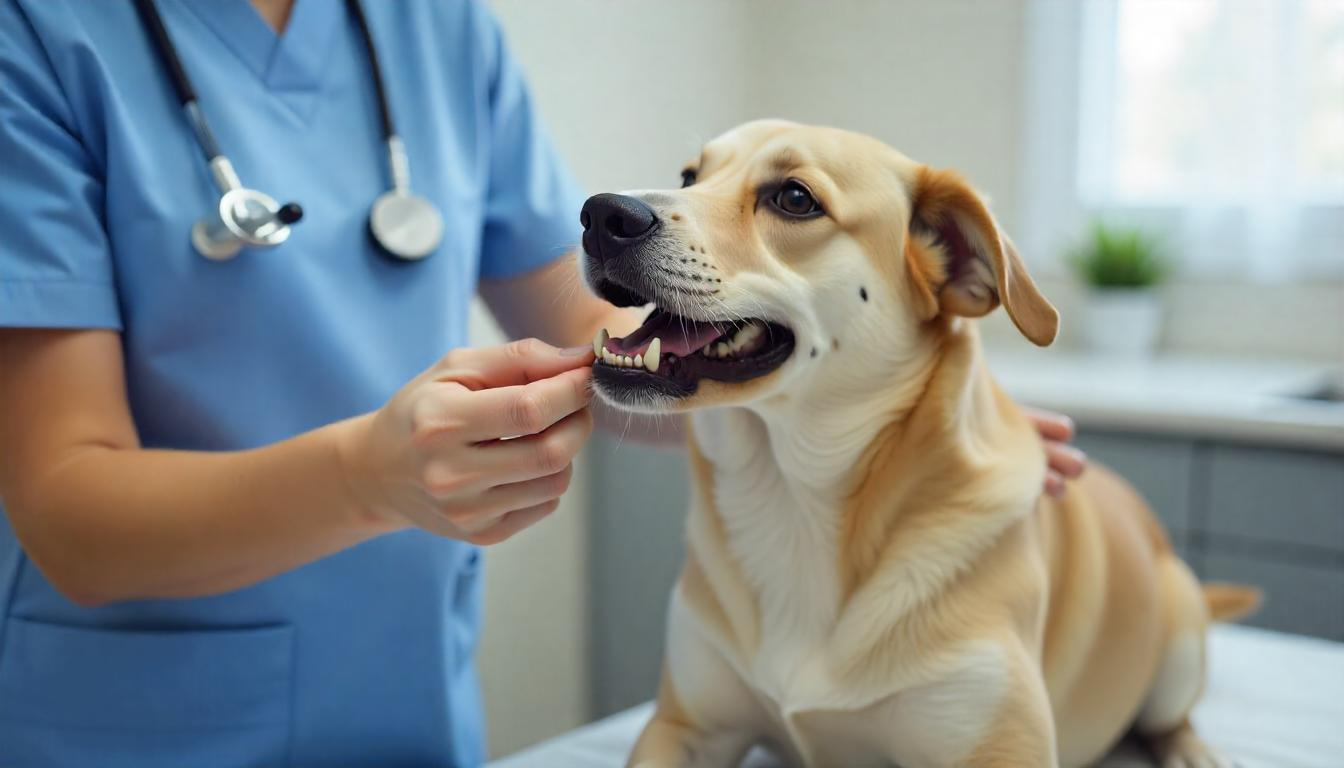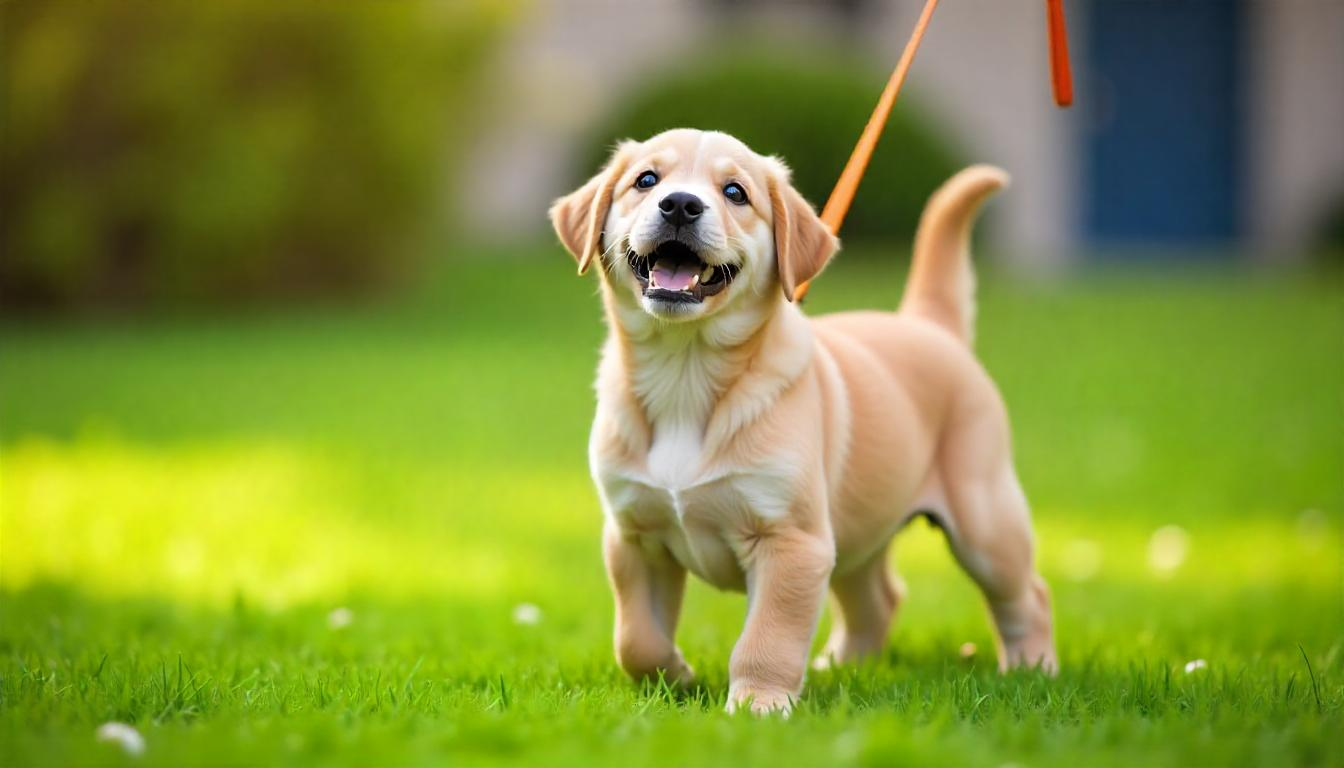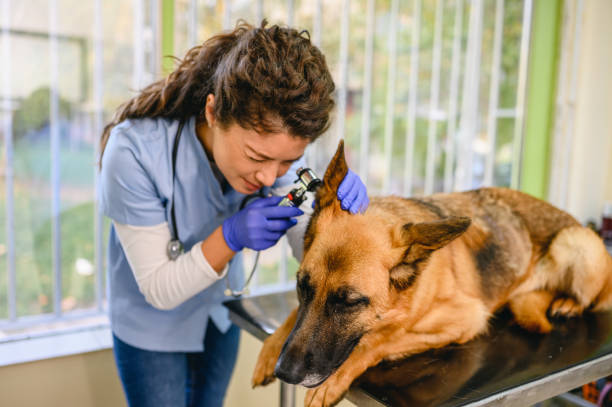Guide to Caring for Your Dog After Tooth Extraction: Expert Tips & Advice

Dogs, similar to humans, can experience dental problems, which could necessitate tooth extraction. Whether due to severe gum disease, fractures, or other oral fitness issues, enamel extraction is not an unusual veterinary process. However, postoperative care plays an essential position in making sure your canine's recovery is smooth and difficulty-free. This article delves into how you can deal with your canine after an enamel extraction, offering sensible tips and recommendations to help them heal efficaciously.
Understanding the Importance of Dental Health in Dogs
Before we dive into the specifics of being concerned about your canine after a teeth extraction, it is essential to recognize why dental fitness is so important for our hairy pals. Poor dental hygiene can lead to a host of issues, consisting of bad breath, gum disorder, teeth decay, and even greater critical conditions together with coronary heart, liver, and kidney diseases. Regular dental check-ups and cleanings are vital to preserving your dog’s typical well-being.
When a teeth extraction turns into necessary, it indicates a complicated level of dental disease that can't be resolved through cleansing on my own. Therefore, right postoperative care is paramount to prevent further headaches and make certain your dog stays healthy and satisfied.
Preparing for Your Dog’s Tooth Extraction
Before the actual extraction, there are several steps you could take to put together both yourself and your pet:
Consult with Your Veterinarian: Discuss the manner in detail along with your vet. Ask approximately about the motives for the extraction, what to anticipate in the course of surgical treatment, and any specific commands for post-operative care.
Understand Anesthesia Risks: While anesthesia is commonly secure, it’s important to be aware of any possible risks related to it. Your vet will examine your canine’s health beforehand to reduce those risks.
Plan for Recovery: Ensure you have got everything you want at home for your canine's restoration. This includes tender meal options, medicines prescribed by using the vet, and a quiet, comfortable space for your dog to rest.
Post-Operative Care After Dog Tooth Extraction
Once the extraction is whole, the focal point shifts to supporting your dog to get better as quickly and with no trouble as feasible. Here’s a step-by-step guide on a way to care for your canine after a teeth extraction:
Monitor for Signs of Pain or Discomfort
After a surgical operation, your canine can also revel in some stage of ache or pain. Watch for signs and symptoms inclusive of whining, reluctance to devour, or pawing on the mouth. Your veterinarian will probably prescribe some medicine to manipulate this. Administer the drugs as directed and phone your vet if you observe persistent or worsening signs and symptoms.Offer Soft Food
For the first few days following the extraction, provide your dog with tender, easily digestible meals. Wet canned meals, soaked kibble, or maybe cooked, undeniable hen and rice are high-quality alternatives. Avoid hard treats or bite toys that would aggravate the extraction website online.Maintain Oral Hygiene
While it’s important to avoid brushing close to the extraction site to start with, you should still preserve your canine’s overall oral hygiene. Use a smooth fabric or finger brush to softly ease regions far away from the surgical webpage. Your vet may additionally advise a particular mouth rinse designed for post-extraction care.Limit Physical Activity
Encourage your canine to relax and restrict their physical activity for the primary few days. Excessive running or gambling ought to dislodge blood clots at the extraction site, leading to headaches. Keep them indoors and provide a comfortable, quiet vicinity to get better.Follow-Up Veterinary Appointments
Attend all scheduled follow-up appointments with your veterinarian. These visits permit your vet to evaluate the recuperation manner and make sure there are not any symptoms of contamination or different complications. If you notice any unusual signs and symptoms earlier than the appointment, don’t hesitate to contact your vet right away.Watch for Signs of Infection
Infections can arise after a tooth extraction, so it’s crucial to screen your canine intently. Symptoms of infection encompass swelling, redness, discharge, or foul scent from the mouth. If you observe any of those signs and symptoms, seek veterinary interest directly.

Preventing Future Dental Issues
Taking care of your dog’s teeth doesn’t end with the extraction. To prevent future dental problems, consider the following preventive measures:
Regular Brushing: Establish a routine of brushing your dog’s teeth daily using a pet-safe toothpaste.
Dental Chews and Toys: Provide dental chews and toys designed to promote oral health.
Professional Cleanings: Schedule regular professional dental cleanings with your veterinarian.
Balanced Diet: Feed your dog a balanced diet that supports dental health.
Conclusion
A dog tooth extraction might seem daunting, but with proper care and attention, your pet can recover swiftly and continue living a healthy life. By understanding the importance of dental health, preparing adequately for the procedure, and diligently following post-operative care guidelines, you can ensure your dog heals properly. Remember, prevention is key—maintaining good oral hygiene practices will go a long way in safeguarding your dog’s dental health and overall well-being. Always consult with your veterinarian for personalized advice tailored to your dog’s specific needs.
Latest Posts

Guide to Potty Training a Dog: Essential Tips for Success
Potty education for a canine doesn't have to be stressful. This comprehensive guide offers crucial recommendations, hints, and techniques to help you…

Comprehensive Guide to Anemia in Dogs: Symptoms, Causes, and Treatment
Discover the causes, symptoms, and treatment options for anemia in dogs. Learn how to recognize signs early and keep your furry friend healthy with t…

Comprehensive Guide to Treating Dog Ear Infections: Symptoms, Causes, and Prevention
Discover the way to effectively treat and save your canine ear infections with this complete guide. Learn about symptoms, reasons, prognosis, and tre…




